Who could resist the opportunity to visit a women’s island? Four years ago, I read an article in the New York Times travel section about an Estonian island called Kihnu, which the Times dubbed an “Isle of Women.” Its subhead asked “What would life be like without men?” and I wanted to find out, making a mental note to visit this peculiar island — “run by women” — someday, and my opportunity came last summer as part of a trip with my wife, Jen, and our teenage sons to Finland and the Baltic countries. But Kihnu, we discovered, isn’t a women’s island, or anything close to it.
Before our trip, I reread the Times piece plus similar ones before combing YouTube for Kihnu videos. Hillary Richard, the article’s author, wrote that the island was “known for its abundance of women,” and asserted that “men began to fade from everyday life on Kihnu in the nineteenth century, thanks to their jobs at sea.”
According to Richard, “changes in the fishing industry are bringing a new stress: the men are coming home for longer periods of time.” The insinuation was that the island’s women prefer to have their husbands away. Richard also wrote that Kihnu has a “clear hierarchy: children, community and, lastly, men.”
Richard’s article quoted a local, Mare Mätas, the leader of the Kihnu Cultural Space, a cultural preservation group, who said that there were only five men who lived on the island year-round. The Times and other news outlets like Bloomberg and BBC claimed it was a matriarchal society run by women. An article in the Italian edition of Vanity Fair said that men were “less relevant” on Kihnu than in the rest of the world. In 2014, Le Monde proclaimed that there were just two men living on the island.
In 2017 Great Big Story, a YouTube channel with more than 6 million subscribers, published a video, “Visit the Island run by Women”; its narrator says, “This is a place where women rule, well, mostly everything.” Mare Mätas is in the video, as is Triinu Tsetsin, a teacher, who says, “Men are mostly away, and we really don’t encounter them too often around here.”
Another YouTuber, Nas Daily, an Arab-Israeli vlogger with 12 million subscribers, visited Kihnu and released a 2021 video, “These Women Built an Island for Themselves.” Nas claimed in the video that there are “almost no men” on the island and “women do almost everything.” He too interviewed Mare Mätas. I corresponded with Mare about potentially staying in her home. (There are no hotels on the island, just home-stays.) But alas, she said she had a film crew from Germany staying with her during our visit in late July.
The ferry to Kihnu leaves from Munalaid, a hamlet that, much to our chagrin, has no place to get a drink or bite to eat. The ferry had a snack bar with plates of toast with slimy herring, along with the usual array of potato chips and the like. Until five years ago, the ferry ran only seasonally; during Soviet times, there were only flights, subsidized to encourage residents not to abandon the place. We brought our rental car on the ferry but the sleepy port on Kihnu was full of rental bikes, all unlocked and unguarded. On a seven-kilometer-long island, bike thieves can’t easily escape.
After a rest in our homestay room, we ate dinner at Kaerametsa, a pop-up restaurant run by a local couple in the front yard of their home. The woman did the cooking and her husband’s role, at least as far as we could tell, was to stand by the taps and quaff beers. As his wife prepared our meals, which turned out to be surprisingly delicious, I told the man we were expecting to see mostly women on the island.
“The men used to be away fishing but not many now,” he said.
“So the fishing industry has declined?” I asked. “Was that recently?”
“No,” he said. “It’s been bad for a long time. I think there are only three boats now that go out.”
Many residents — male and female — leave the island during the winter, they said, but it isn’t the “women’s island” it’s cracked up to be.
In the evening, I went to see a band called the Boys, of all things, at the village pub. The lively crowd was at least 60 percent men. I fell into conversation at the bar with a couple who were visiting from nearby Parnu, on the mainland. They were unfamiliar with the “island of women” media hype I’d swallowed. “We come just to ride our bikes here and relax,” the woman said.
On day two, we moved to another home-stay called Metsamaa, run by a kind woman named Maria. I told Maria that Kihnu wasn’t the women’s island I expected, and she laughed. “Not all the articles are accurate,” she said.
At the island’s only museum, Jen and I fell into conversation with a bespectacled woman named Maaja Vadi, a professor at Tartu University who grew up on the island and still summers there. I told her that the island seemed normal in terms of its population distribution, and she conceded it was, but insisted that gender roles on Kihnu are anything but ordinary.
“Men are in the background here,” she said, adding that women essentially run the island, just as the media reports claim. We talked about her childhood on the island and she seemed nostalgic. “Back then, there were 900 people living on the island, now there’s only 600. And it was almost free for us to fly back and forth to the mainland,” she said. I asked her about this and she said, “The Soviet Union was a rich country.”
We rented clunky bikes at the harbor and, as we pedaled around the island’s narrow roads, I started to appreciate Kihnu’s charms. Nearly all the island’s businesses are operated in sheds outside homes. At one makeshift café, I bought a loaf of dense, homemade Kihnu black bread, which must have weighed about five pounds and was the most delicious bread I’ve ever eaten in my life. At Lohu Luisather, a makeshift handicraft shop, we met Luisa, a twenty-something woman and her eighty-five-year-old grandmother, who make Kihnu dolls they sell in a shed.
According to Luisa, the “women’s island” is mostly a thing of the past. “Some of the men go away to work in the winter but some of the women do too,” she said. She said she liked island life, but winters can be boring. I asked Luisa about how the island was governed and she explained that there was a mayor and a vald, which is like a city council. She said the mayor was a man and the vald was mixed, with men and women.
At Metsamaa traditional farm, we watched a documentary about traditional Kihnu weddings, which are three-day bacchanals where the whole island takes part in the debauchery. Before the bride is led off to her new home, she is effectively blindfolded so she can symbolically forget her old home.
Kihnu continued to occupy my thoughts when I got home. Why had the world’s media lionized this place as a “women’s island” and a matriarchy? Was it a branding effort to attract a certain kind of tourist or was the media simply pushing a feminist narrative regardless of the facts?
As I waited to secure an interview with the mayor of Kihnu, I found 2021 Census Data, indicating that there are 269 men living on the island and 282 women; 48.8 percent of island residents are men, whereas in Estonia as a whole the figure is 47.6 percent, so Kihnu is actually less female than the country as a whole. The last two mayors, and five of the last six, have been men; no women have run the island since Annely Akkermann left office in 2009.
Kihnu’s distinctive culture has been recognized by UNESCO in 2003 and in 2008, when it was inscribed on the Representative List of the Intangible Cultural Heritage of Humanity. UNESCO’s inscription for Kihnu says that the island’s “cultural expressions and agricultural traditions have been kept alive over the centuries largely through the island’s female population. The men of the Kihnu community have taken to sea to hunt seals and fish, while the women have remained on the islands to farm and to maintain the household. Kihnu women thus have become the principal custodians of the cultural traditions embodied in numerous songs, games, dances, wedding ceremonies and handicrafts.”
I found a 2018 National Geographic article dubbing Kihnu Europe’s last matriarchal society, which quoted the former mayor of Kihnu, Ingvar Saare. He complained that the island used to attract boozy tourists before the community made an effort to attract visitors interested in the island’s culture. “People were like wild animals [that] got loose,” he said. Perhaps during the “wild animal” phase of tourism, Kihnu decided to market itself as a “women’s island” to attract a better class of travelers interested in the girl power narrative?
The only heretic I found articulating an alternative vision of Kihnu was Silvia Soide, a folk-dancing instructor and photographer who moved from Vancouver to Kihnu in 2008. She told a Bloomberg videographer that men make the rules on the island.
“I understand that on the outside perspective, Kihnu does look like it’s the woman’s land, and it’s the last matriarchy in Europe, but I would definitely disagree,” said Soide, who said she moved to the island to honor her Estonian grandmother who fled the island during World War Two. “The male opinion here is what matters most. If a man says that that’s what he wants to do, then what’s what is done.” Interestingly, Soide is also quoted in the Times piece but in that one, the author didn’t feature challenges to the larger narrative.
I reached out to Soide on Instagram, telling her that our experience on Kihnu didn’t correspond with the media narrative, and she quickly wrote back. “It doesn’t surprise me if you felt that what is portrayed in the media didn’t really match with the reality,” she wrote, adding a smiley face emoji. “Many tourists say the same thing.” She said she could share a more “authentic” perspective with me but didn’t respond again when I replied.
Mare Mätas responded to my questions about the island via email. “Of course, it is totally wrong that here is matriarchy, this type of society does not exist,” she wrote. “But what is true, is that women’s position here is high in the public and private spheres… Women are very hardworking here and they have an active role in society, that is why world media suspect that this is matriarchy, which is not true of course.”
She said that women on Kihnu have been the ones to preserve the island’s unique culture, such as Kihnu weddings and funerals and other rites. “In many ways it seems to me as an equal society, both sexes have their own role and obligations and cooperation is a success story,” she said.
I asked her specifically about her quote in the New York Times that the island had only five male year-round residents, and to comment on other elements of the media coverage but she declined to do so. “The biggest worry and threat for our culture is now that permanent residents number is decreasing very quickly, and we are going to lose our language and culture if all the younger generation lives on the mainland and we don’t have any working places on the island except very seasonal and intensive and deadly heavy tourism period,” she said. “If the permanent population falls, and the indigenous community disappears, it will be the island for summer cottages in the near future.”
I expected Kihnu’s mayor, Egon Vohu, to be guarded. After all, tourism is big business and if the island is trying to market itself as a “woman’s island” then perhaps he’d try to uphold the narrative. But he was extremely candid. I summarized the island’s media coverage, reminding him that the New York Times portrayed it as an island with just five year-round male residents. He laughed and said, “there’s a lot more than that.” In fact, he said, the island council has more than that, as there are six men and three women on it. The island’s vice mayor, Toomas Pajula, who is in charge when Vohu is away, is also a man. “The population is about 50/50, men and women,” he said. “I would suggest the media should come here and check the facts.” He said that Mätas was probably joking when she said there were just five men on the island, but the reporter took her seriously.
I asked him how the media could have gotten the place so wrong and he said it wasn’t because the island was intentionally trying to market itself as a women’s island. “The women of Kihnu are more open-minded I would say toward tourists,” said Vohu, thirty-four, who also serves as a firefighter and is on the island’s first aid squad, as there is no hospital on the island. “The men here are more quiet, I would say, they don’t open up so much. They don’t talk to tourists.”
Vohu said the old tradition of men being away at sea predates the Soviet era. He’s from another Estonian island, Muhu, which has a bit under 2,000 people. He met his wife, a Kihnu native, and moved to the island in 2011. While he said that the journalists and YouTubers have gotten the narrative wrong, he also insisted that Kihnu women are “very strong and independent” and “a bit different.”
“Regarding preserving culture, we could say Kihnu is matriarchal,” he said, citing examples of Kihnu weddings, funerals and other events, which are all run by women. But to say women “run the island” isn’t accurate. “There’s a saying here in Kihnu, used by women even,” he said. “The man is the head of the family and the woman is the neck who turns the head.”
I asked him if he thought Kihnu’s distinctive culture would endure, expecting him to say yes. “I would say the traditions are falling away,” he said, noting that there hasn’t been a traditional Kihnu wedding on the island since the one I saw in the video, which took place in 2007. “The culture is becoming more and more like tourism and income. Those who practice the culture aren’t thinking about keeping it but just earning from it. It’s almost like presenting the culture for income.”
I asked him if tourism might help preserve the island’s culture, even if the preservation motive is monetary. “Tourism is 50/50,” he said. “It preserves culture in a way but if it’s less about preserving the culture and more about getting income from it, then it’s a threat.”
This article was originally published in The Spectator’s January 2024 World edition.



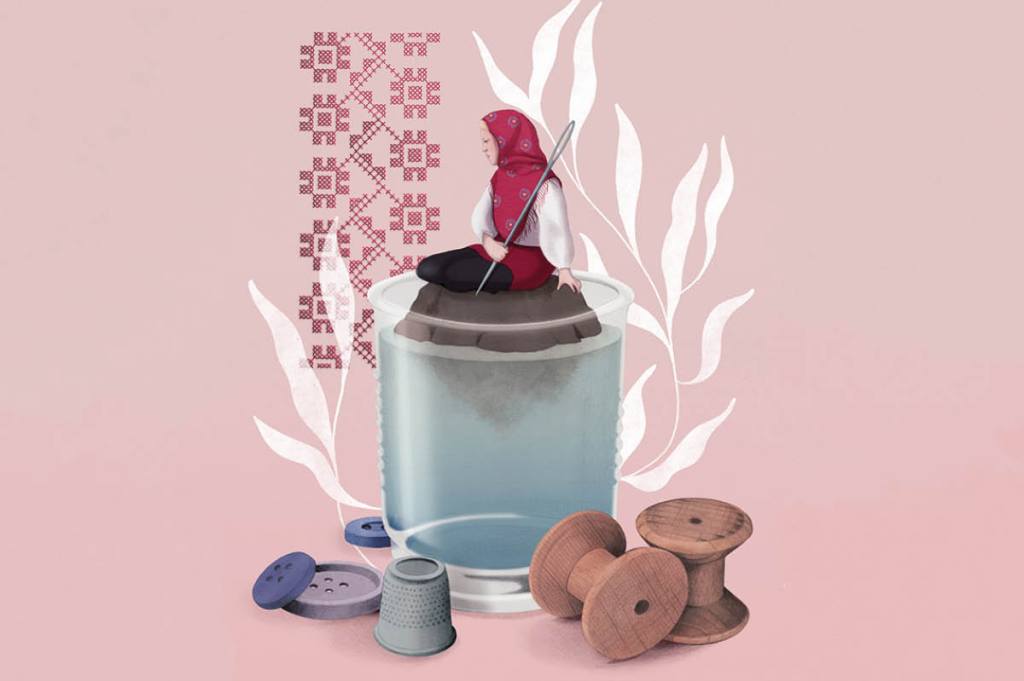






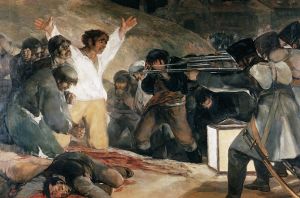



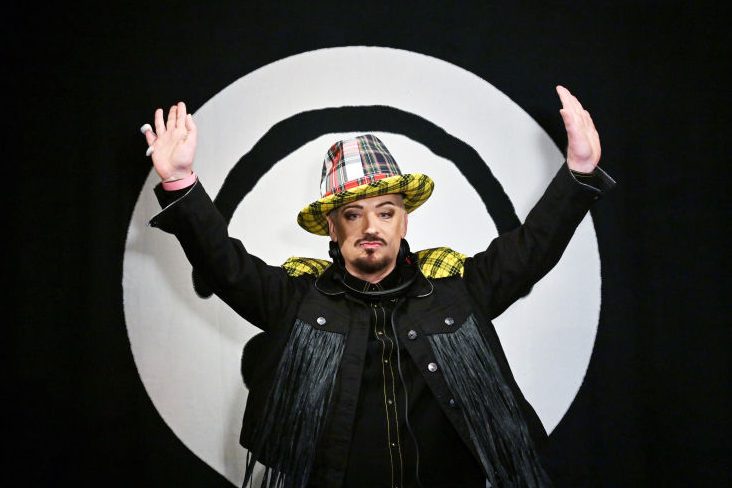
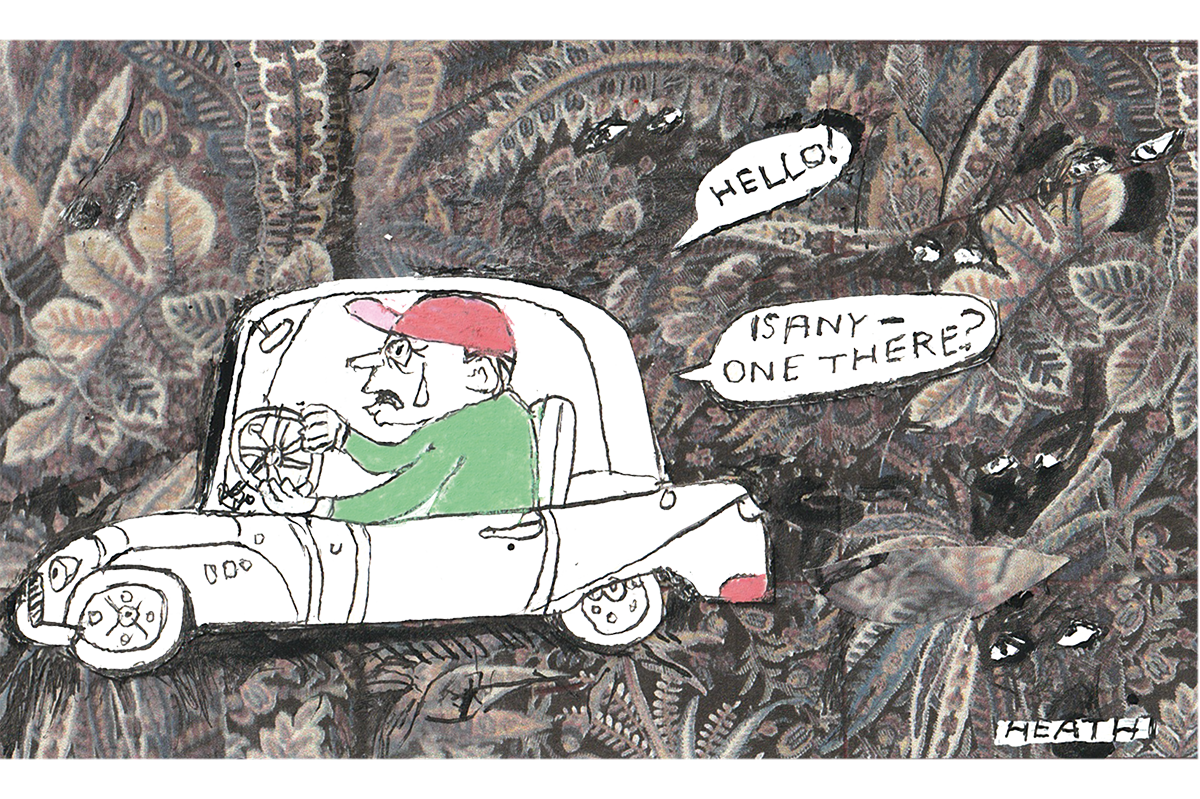
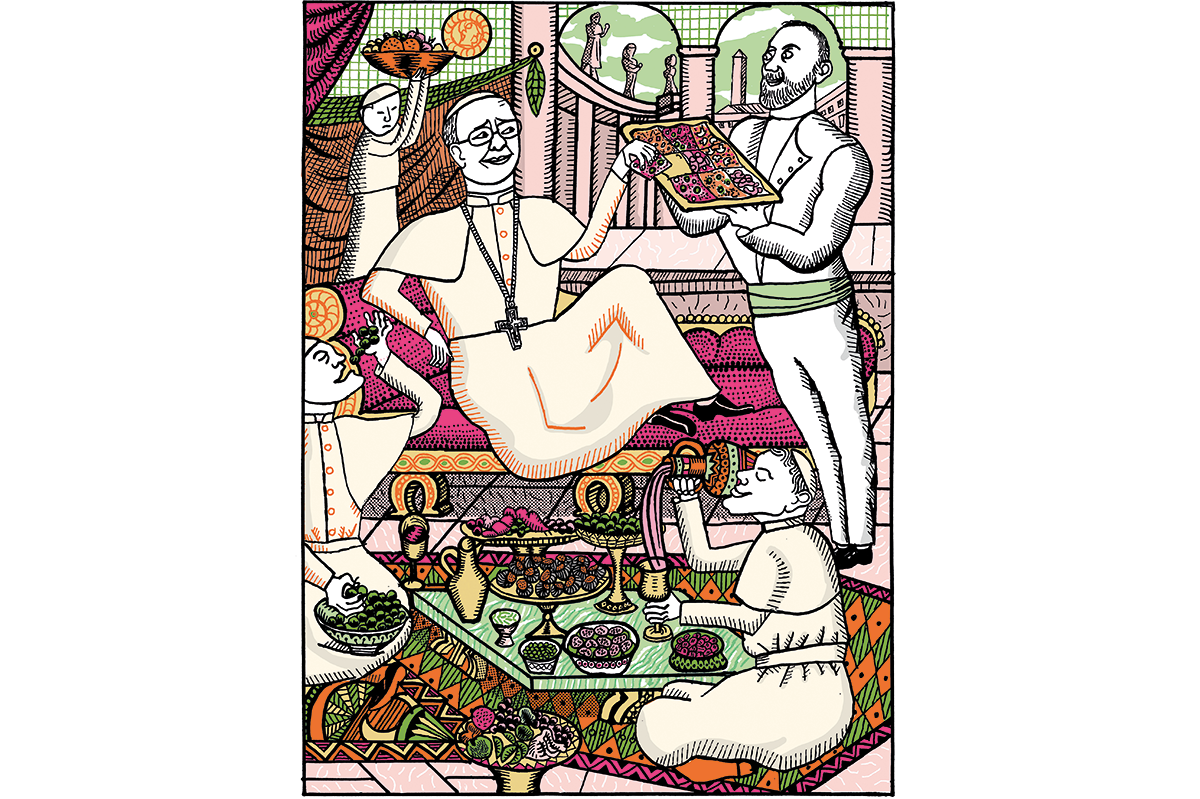

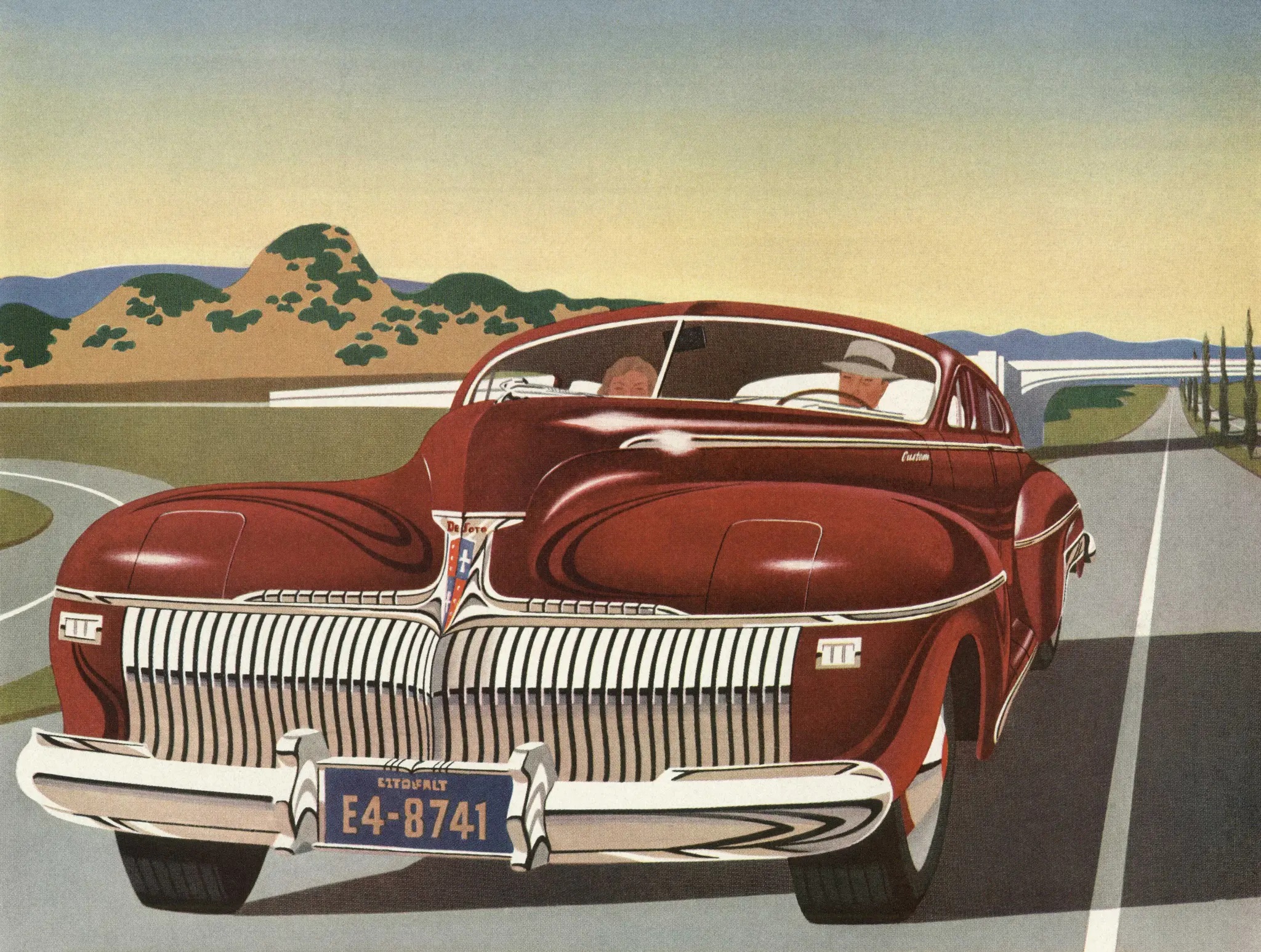







Leave a Reply